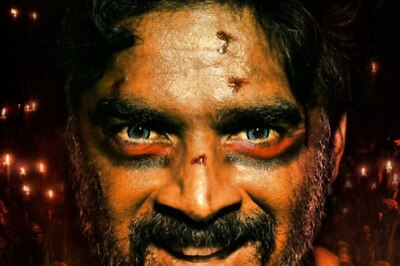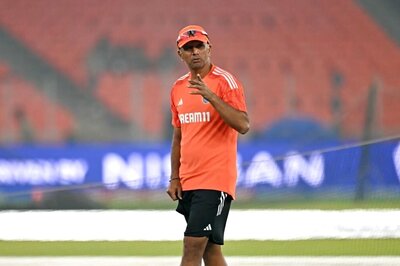
views
CHENNAI: As Chennai celebrates its 372nd birthday, all eyes automatically turn to that great symbol of power, from where a local king provided the impetus for the setting up of a great empire in India — the British Raj. The history of Fort St George then, is the history of Chennai.It all began in 1639, when Damarla Venkatappa Nayaka, a local chieftain of Chandragiri, handed over a strip of land nestling between the Cooum and the Bay of Bengal to two officers of the East India Company, Francis Day and Andrew Cogan. Fort St George, was set up to trade in that same year, named so after the patron saint of England. According to historian Sriram, it was also a post from where cloth was manufactured and sent out to different locations. It is fascinating to note that Fort St George has always held the reins of power, back then when it came into existence in 1639 and to the present day. Throughout its 370-plus-year history, it has housed governors and premiers (in pre-independent India) as well as hosting sessions of the Madras Legislative Council and the Madras Legislative Assembly.Fort St George, has also held on to its military origins, with white-clothed politicians rubbing shoulders with military personnel. In fact, the army has a visible presence, housing its personnel in the barracks here. There is a recruiting office here as well as a centre which looks into accommodation for army officers, says Colonel Ramachandran. The three-storied building that houses the Fort Museum was then known as the Exchange Building, and was the hub of all trading activities. Sriram says, “On top of the building was a light house and traders would send out signals to the ships from here.” From porcelain crockery belonging to the Nawab of Carnatic to a fragment of a shell fired by the German Cruiser ‘Emden’ on Madras, the museum houses some truly wonderful treasures. The St Mary’s church, inside Fort St George, has an impressive epithet — ‘the oldest Anglican church east of the Suez’. Built in 1680, by gunner-engineer Edward Fowley, the church boasted a bomb-proof roof. Tony the caretaker of the church reveals, “When enemy ships took to shelling Fort St George, many found sanctuary inside the church.” Even Francis Day and Andrew Cogan could not have imagined the colossal impact this place would have on the destinies of the two nations. From a tiny acorn had grown a large oak.




















Comments
0 comment